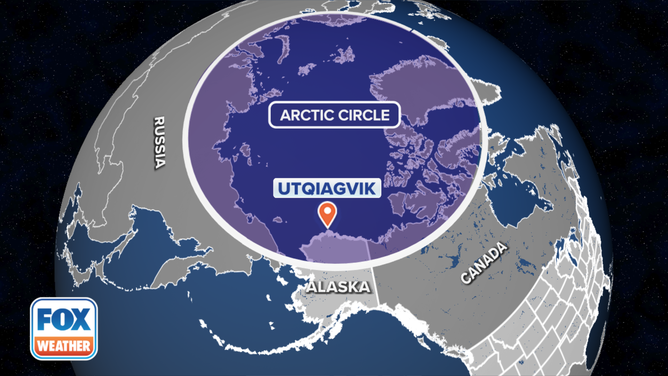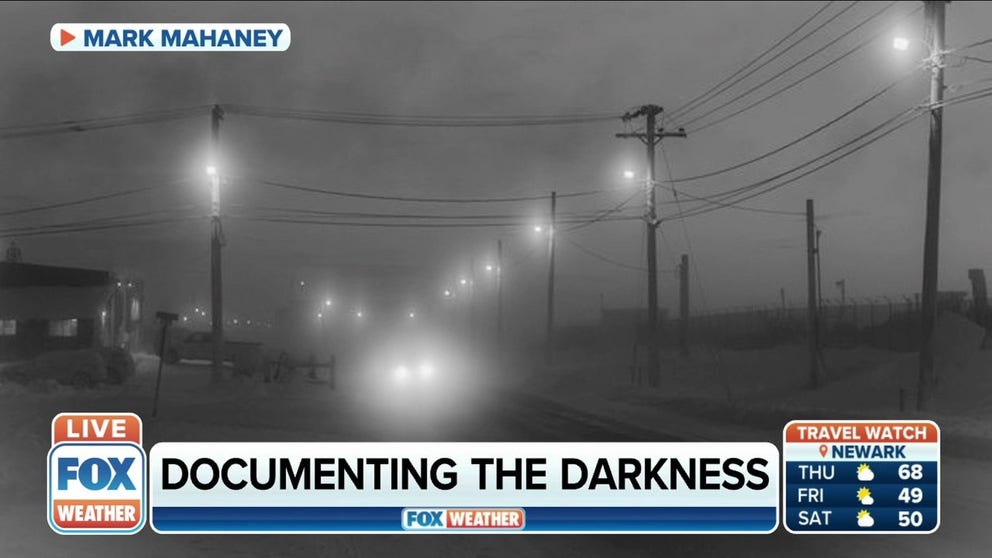65 days of night: Alaska town won’t see the sun until January
Polar night lasts until Jan. 23, 2023
Capturing Alaska's polar night
Photographer Mark Mahaney ( from California) traveled to Utqiagvik, Alaksa in 2019 to capture the final days of the season’s polar night. He documented the darkness for 12 days.
The sun will set for a final time this year in America's northernmost town, Utqiaġvik, Alaska.
Utqiaġvik is home to around 4,500 people, and the majority of residents are Iñupiat Alaskan Natives.
On Friday, the polar night began for the town formerly known as Barrow.
The next time the sun will rise will be on Jan. 23, 2023. Sunrise happens at 1:03 p.m., but it won't be up for long, as it sets again just over an later, according to timeanddate.com.
HOW TO RECOGNIZE SEASONAL AFFECTIVE DISORDER AS WINTER APPROACHES
Daylight will increase further into late January, tallying four hours by the end of the month.
Utqiaġvik is about a four-hour flight, or 500 miles northwest, from Fairbanks, located just north of the Arctic Circle.

Utqiaġvik, Alaska, and the Arctic Circle.
(FOX Weather)
The town is also home to the Barrow Environmental Observatory, where researchers come to study the Arctic, according to the Ukpeaġvik Iñupiat Corporation.
The people of Utqiaġvik won't be in complete darkness for the next 65 days. Civil twilight happens for several hours during the period of polar night and will provide enough light to see during what would generally be daytime hours.
According to the National Weather Service, civil twilight begins when the sun's center is within 6 degrees below the horizon.
"Under these conditions, absent fog or other restrictions, the brightest stars and planets can be seen, the horizon and terrestrial objects can be discerned, and in many cases, artificial lighting is not needed," according to the NWS.
HOW DO ALASKANS COPE WITH NEARLY ALL-DAY DARKNESS IN WINTER, ALL-NIGHT DAYLIGHT IN SUMMER?
Utqiaġvik also experiences months without darkness during the summer, known as the "midnight sun." According to the Alaska Public Land Information Center, the midnight sun is only found above the Arctic Circle.
